For those diving into the world of equine enthusiasts or simply curious about horse terminology, understanding the filly horse definition is fundamental. A filly is more than just a term; it embodies a specific stage in a horse’s life, carrying implications for care, behavior, and role within the equine community.
Understanding the Term “Filly”
When pondering what is a filly, it is essential to recognize that the term specifically refers to a young female horse. The distinction lies not only in gender but also in age, as the label ‘filly’ is reserved for those yet to reach full maturity.
Equine Age Classifications
Equine age classifications serve as a framework for understanding the stages of a horse’s life. Just as humans are categorized as infants, children, adolescents, and adults, horses are similarly classified, with ‘filly’ being one of these key stages.
Characteristics of a Filly Horse
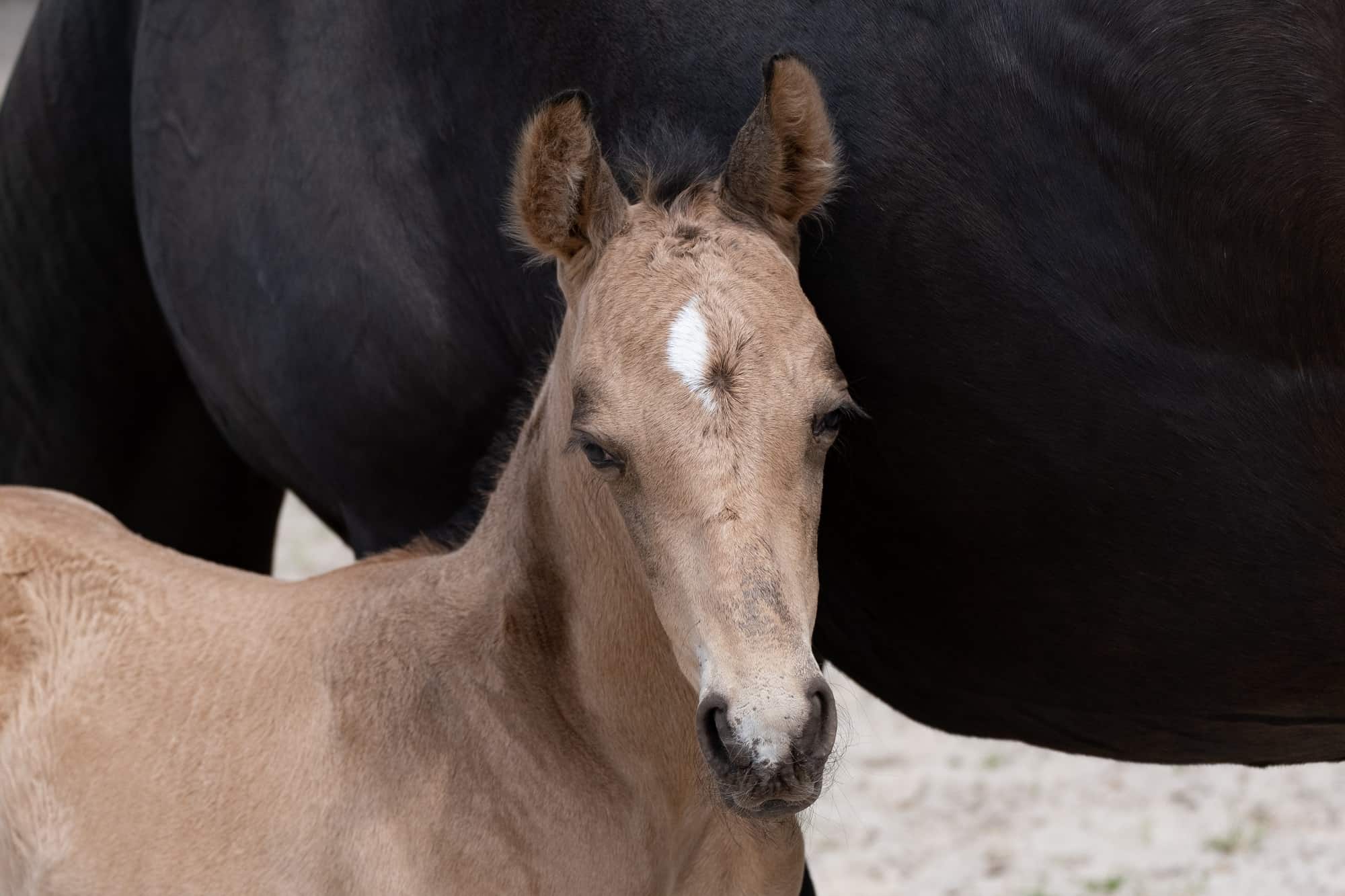
Recognizing a filly extends beyond mere definition; it encompasses the filly horse characteristics that set them apart from their mature counterparts.
Physical Traits and Development
Fillies exhibit distinct physical traits that herald their development. Their bodies are in a state of growth, characterized by leaner musculature and often a certain gangliness as they approach their full height and build.
Behavioral Aspects
The behavior of a filly can differ markedly from that of a mature horse. Youthful exuberance and a level of inquisitiveness define them, as they explore their environment and learn to interact within the herd dynamics.
Filly Horse Age Limit
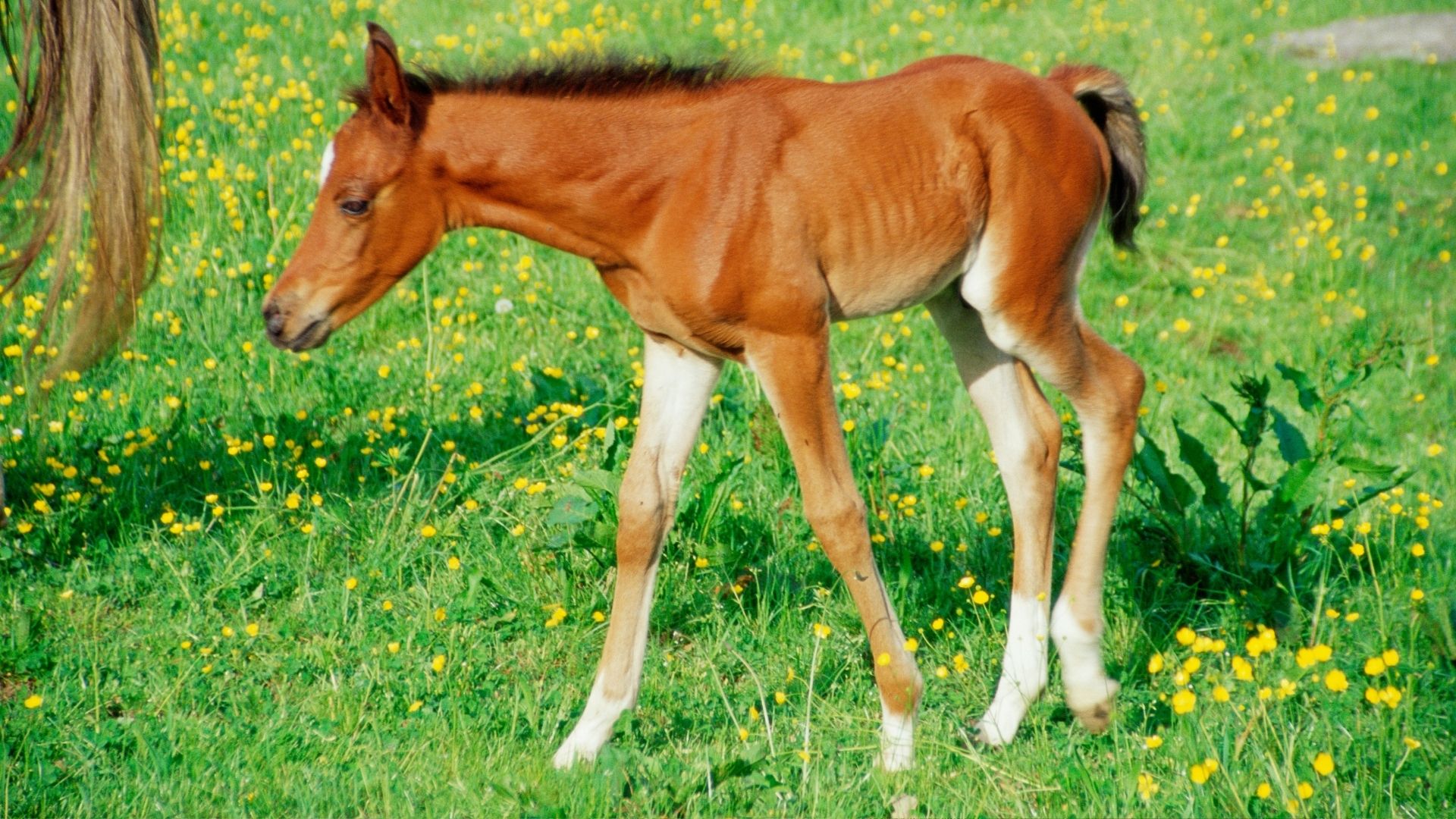
There comes a stage in every young female horse’s life when she transitions to adulthood, defined by the filly horse age limit.
Transition from Filly to Mare
This transition from filly to mare is not just a matter of time passing; it is a significant change in status within the equine hierarchy, bringing about new roles and responsibilities.
Thoroughbred Filly Age Specifics
For a thoroughbred filly, age specifics are governed by the industry standards, setting clear guidelines for classification in racing and breeding contexts.
Filly vs Mare Differences
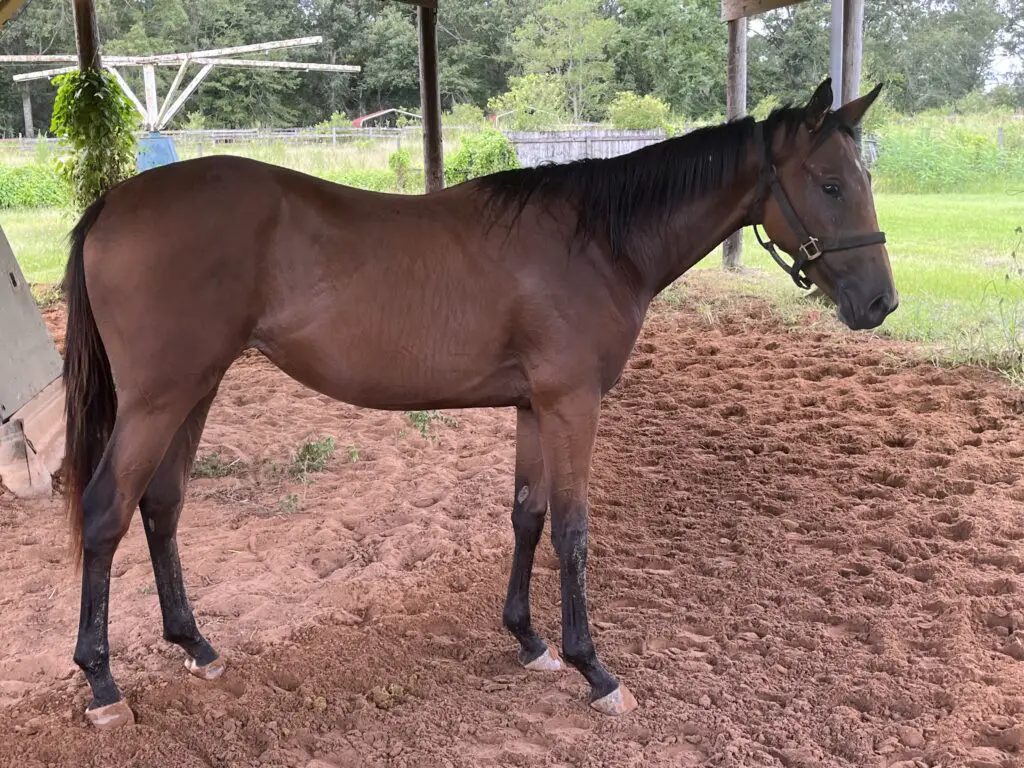
Understanding the filly vs mare differences is crucial for anyone involved in horse care, training, or breeding. These distinctions affect how each horse is managed and what is expected of them.
Comparative Age
The comparative age between fillies and mares signals a natural progression. While fillies are akin to adolescents, mares are considered fully grown adults.
Differences in Physical Ability
Physical ability also distinguishes fillies from mares, with the former still developing their strength and coordination, whereas the latter have reached their peak capabilities.
Roles in Equine Activities
Roles in equine activities vary significantly based on age and maturity. Fillies may be in training phases or beginning their competitive journeys, while mares often have established roles.
Behavioral Distinctions
Behavioral distinctions are also evident, as fillies might exhibit more playful or unpredictable behaviors compared to the more settled and consistent nature of mares.
Caring for a Young Female Horse
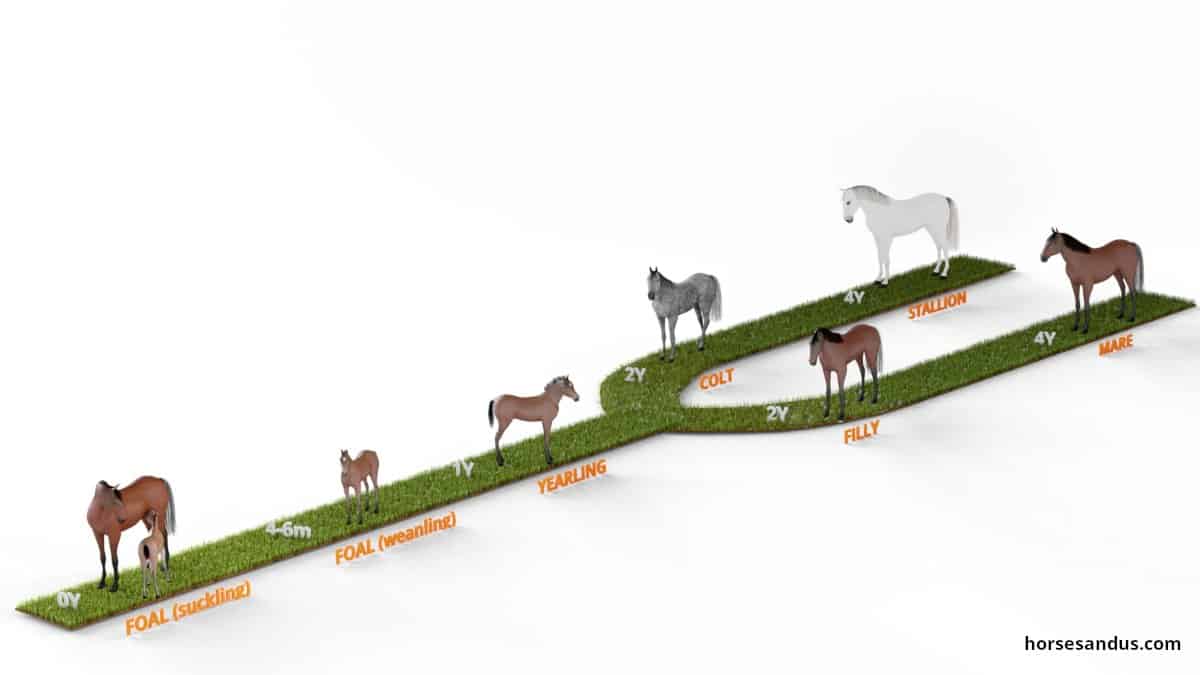
The topic of filly horse care is extensive, covering a range of practices to ensure the health and well-being of these young equines.
Filly Horse Care Essentials
Essentials of filly care encompass regular veterinary check-ups, appropriate exercise, and socialization to ensure a well-rounded development.
Nutritional Needs and Diet
- Proper caloric intake to support growth
- Balance of vitamins and minerals
- Access to clean water and high-quality forage
General Health and Wellness
General health and wellness are paramount, involving everything from hoof care to dental check-ups, vaccinations, and deworming protocols.
Understanding Horse Breeding Terminology

For those involved in the breeding aspect, horse breeding terminology is a language of its own, with ‘filly’ being one of the many terms used to classify and describe horses.
The Role of a Filly in Breeding
Within breeding, a filly represents potential — the future of the bloodline. Her genetics, conformation, and temperament are all considered when planning for future generations.
Common Terms and Definitions
Other common terms in the breeding lexicon include ‘colt,’ ‘stallion,’ and ‘gelding,’ each defining different genders and stages in a horse’s reproductive life.
The Significance of Thoroughbred Fillies
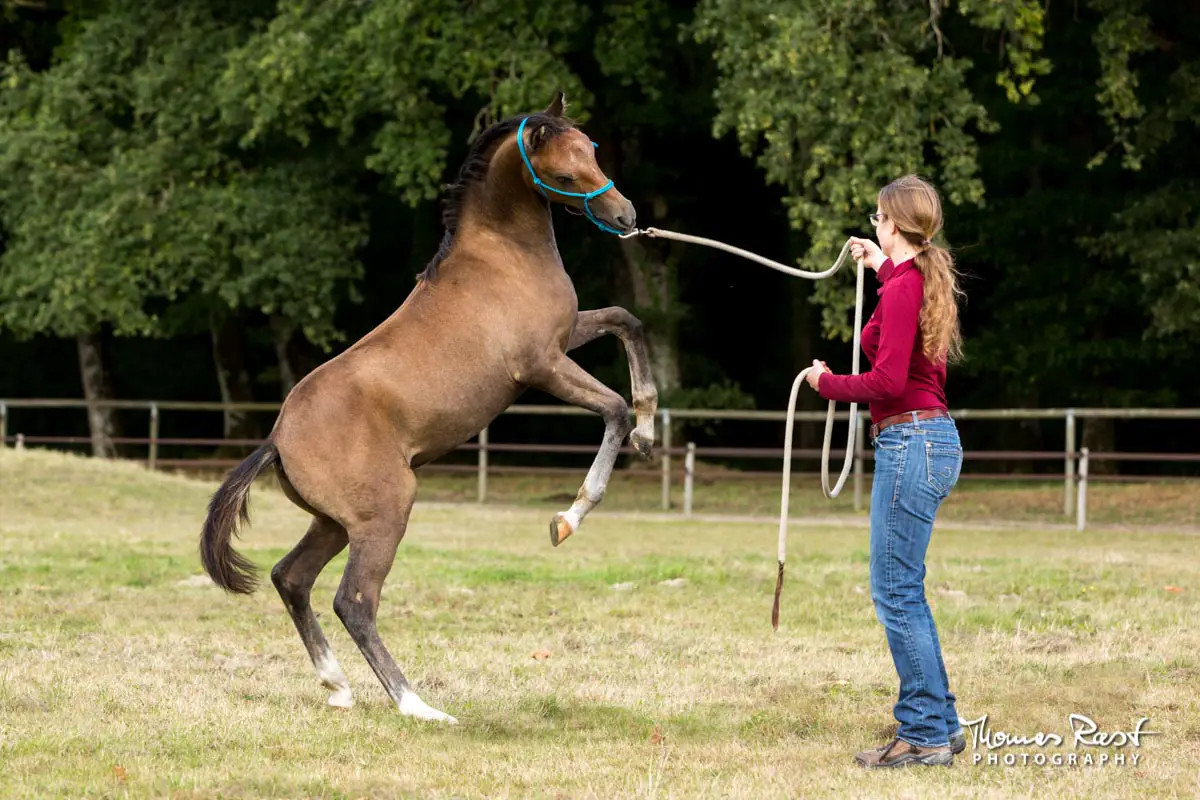
The thoroughbred filly holds a place of prominence within the racing and breeding world, representing both athleticism and lineage.
Thoroughbred Racing and Breeding Programs
Thoroughbred racing and breeding programs place a high value on fillies, considering them for their potential to excel on the track and pass on desirable traits.
Impact on the Horse Racing Industry
The impact of thoroughbred fillies on the horse racing industry is notable, with their performances and progeny contributing significantly to the sport’s evolution and economy.
Conclusion
Summary of Key Points
In summary, a filly is a young female horse with distinct characteristics, care needs, and a specific role within the equine community. From the basics of the filly horse definition to the intricacies of thoroughbred racing, understanding these animals is essential for anyone looking to be involved with horses.
If you’re new to the world of horse racing or equestrianism, you might be curious about the different terms used to describe horses. A “filly” refers to a young female horse, typically under the age of four. To understand more about where fillies fit in the world of horse racing, check out our detailed guide on what is a filly in horse racing. For those interested in the different breeds that dominate the race tracks, our article on what is a thoroughbred horse is a must-read. Additionally, learn about the male counterparts with our informative piece on what is a stallion horse. Each of these articles will enhance your understanding of these magnificent creatures and the terminology used in their exciting racing careers.
Further Reading and Resources
For further exploration into the world of equine management and terminology, a myriad of resources are available, ranging from veterinary texts to breeding manuals and industry publications.



